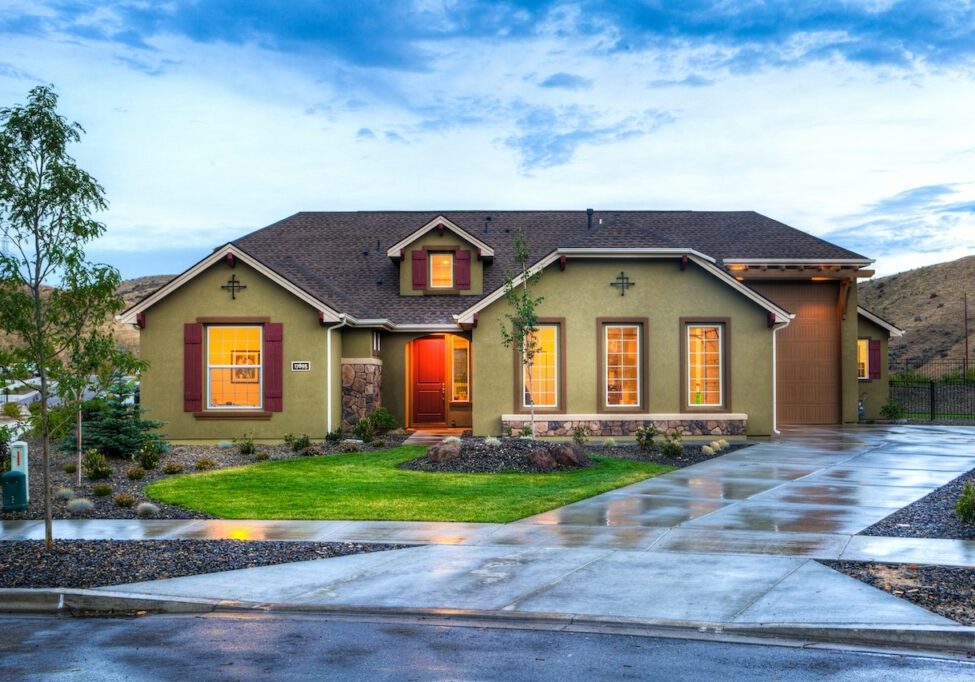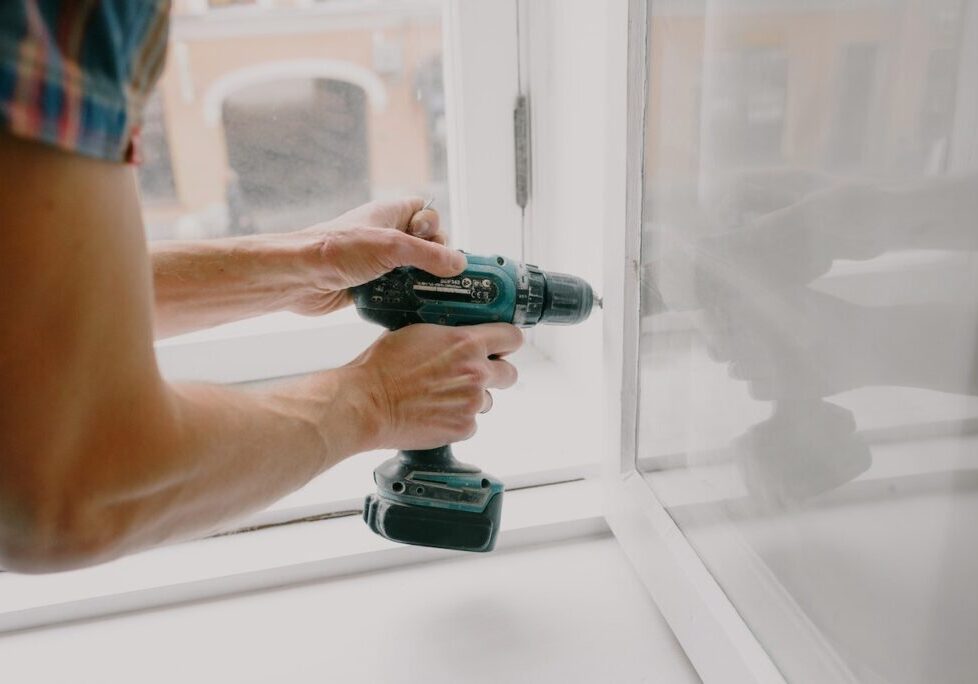When Does A Home Warranty Cover Pre-Existing Conditions?

A home warranty is a service contract that covers repairs and replacements of various systems and appliances in your home. It offers homeowners peace of mind, knowing they are protected from unforeseen expenses and potential headaches related to home maintenance. However, a common concern among homeowners is whether a home warranty covers pre-existing conditions that may exist at the time of purchase.
With that in mind, understanding the intricacies of home warranty coverage is essential to make an informed decision and ensure maximum protection for your home. In this article, we will explore when a home warranty may cover pre-existing conditions, under what circumstances they may be excluded, and how to navigate this vital aspect of your home warranty plan.

Defining Pre-Existing Conditions
Pre-existing conditions in a home warranty context refer to any defects, issues, or malfunctions present in a home’s systems or appliances before the home warranty coverage begins. There are two types of pre-existing conditions:
- Known Pre-Existing Conditions: These are issues that the homeowner is aware of before purchasing a home warranty. They could include a broken HVAC system, a malfunctioning dishwasher, or a leaking roof.
- Unknown Pre-Existing Conditions: These are issues that the homeowner is not aware of before purchasing a home warranty. They could include hidden plumbing leaks, faulty wiring, or structural damage that is not visible during a routine home inspection.
Does a Home Warranty Cover Pre-Existing Conditions?
In most cases, home warranties do not cover known pre-existing conditions. This is because warranty providers expect homeowners to repair or replace faulty systems or appliances before purchasing a warranty plan. If a home warranty company discovers a known pre-existing condition that was not disclosed during the application process, they may deny coverage for that specific issue.
However, some home warranty companies do offer coverage for unknown pre-existing conditions, as long as they meet certain criteria. These conditions must not be detectable during a visual inspection or routine maintenance and must become apparent only after the warranty coverage begins.
How to Know If There Are Pre-existing Conditions in Your Home
The best way to identify pre-existing conditions in your home is to conduct a thorough home inspection before purchasing a home warranty. A professional home inspector will examine the major systems and appliances in the home and provide a detailed report on their condition. This report can help you identify known pre-existing conditions that need to be addressed.
For unknown pre-existing conditions, it is crucial to maintain your home systems and appliances in good working condition and keep records of any maintenance or repairs carried out. This documentation can serve as evidence that you were not aware of any pre-existing conditions when you purchased the home warranty and may help you qualify for coverage if an unknown pre-existing condition is discovered later.
When Does A Home Warranty Cover Pre-Existing Conditions?
As mentioned earlier, a home warranty may cover unknown pre-existing conditions if they meet certain criteria. Here are some instances when a home warranty may cover pre-existing conditions:
1. Undetectable Issues: A home warranty may provide coverage if a pre-existing condition could not have been detected through a visual inspection or routine maintenance. For example, if a hidden plumbing leak becomes apparent after the warranty coverage begins, your home warranty may cover the repair costs.
2. Transferable Warranties: If you purchased a home with a transferable home warranty, the warranty provider might continue coverage for pre-existing conditions, as long as they were covered under the original policy.
3. Special Plans or Endorsements: Some home warranty providers offer special plans or endorsements that specifically cover pre-existing conditions. These plans may come with higher premiums and specific terms and conditions, so reviewing the policy details carefully is essential.
The Bottom Line
Understanding when a home warranty covers pre-existing conditions is crucial for homeowners to avoid unexpected repair costs. While known pre-existing conditions are typically not covered, some unknown pre-existing conditions may be covered under certain circumstances. In that regard, it’s essential to familiarize yourself with your home warranty contract and discuss any concerns with your warranty provider to ensure you have adequate coverage for your home systems and appliances.
Read this if you want to understand how a home warranty will cover appliance repairs.
Are you looking for the best home warranty companies in Tennessee or anywhere else in the United States? You’ve come to the right place! HomeMembership is the perfect choice for all your home warranty needs.
We provide coverage across all of the United States, excluding Alaska, Hawaii, and California. We offer reimbursements for your repairs, so contact us today to get started! Explore our plans, or check out our service provider database if you need help finding the right professional for your needs!



